SOURCE: AFI
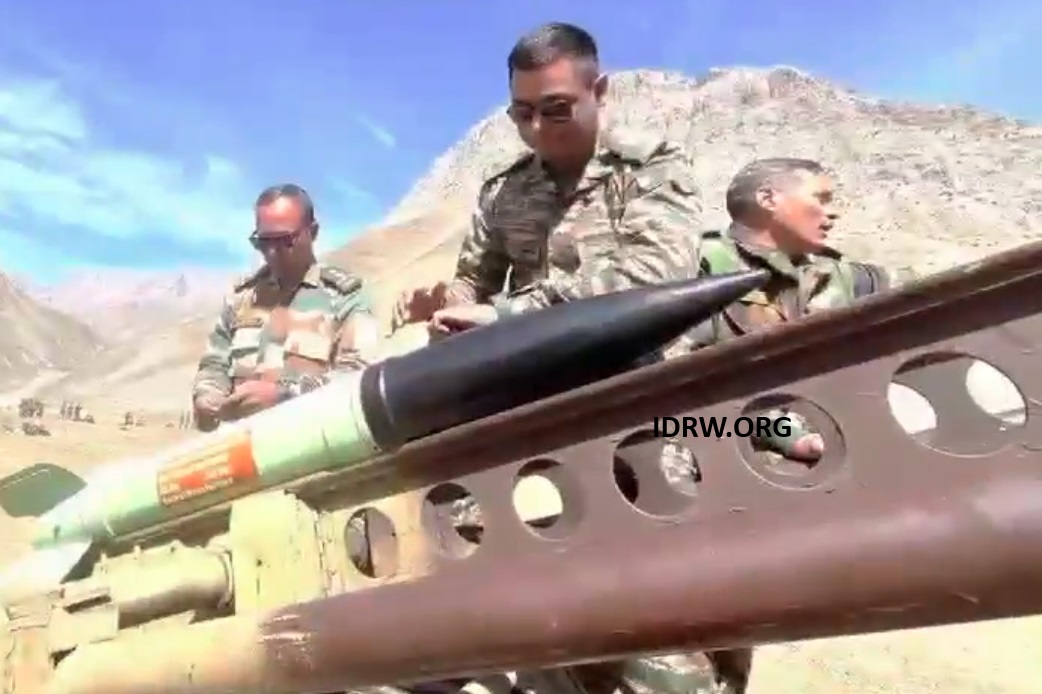

In a significant achievement, the South Western Command of the Indian Army has completed the maiden flights of Air Target Imitators (ATIs) in a high-altitude area, marking a pivotal moment in the Army’s efforts to enhance operational readiness. This breakthrough demonstrates the Army’s commitment to pushing technological boundaries and utilizing innovative methods to train air defense troops in challenging environments.
The deployment of the ATIs in high-altitude areas opens up new opportunities for air defense troops to train in a realistic combat environment. These air target imitators are designed to replicate the flight characteristics of piston-engined or jet-propelled aircraft, emitting energy in the infrared wave band to simulate a wide range of aerial threats.
Continue readingSOURCE: AFI
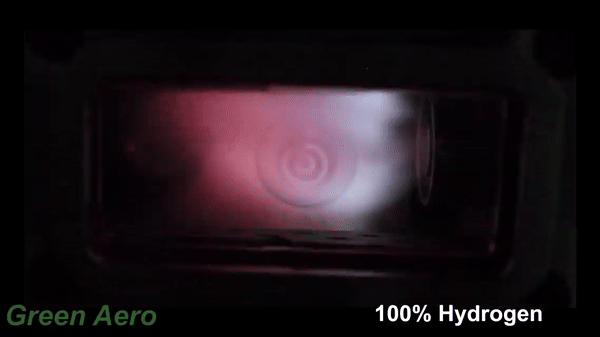

Green Aero Propulsion, a leading innovator in sustainable aviation technology, has announced a significant milestone in its development of hydrogen-based aero engines. The company has successfully test-fired its first hydrogen-based combustor, showcasing a major step towards a cleaner and more efficient future for aviation.
Prithwish Kundu, founder and CEO of Green Aero Propulsion, expressed his excitement about this achievement. “This is a truly remarkable moment for our team,” he said. “Converting theoretical concepts from textbooks into tangible, working hardware is incredibly rewarding. Our hydrogen-based combustor is a testament to the dedication and expertise of our engineers.”
Continue readingSOURCE: IDRW.ORG


The Royal Moroccan Army has placed an order for 150 units of the Wheeled Armoured Platform (WhAP 8×8), a cutting-edge armored vehicle developed through a collaboration between Tata Advanced Systems and India’s Defence Research and Development Organisation (DRDO). This deal marks a significant achievement in India’s defense exports, underscoring the growing international recognition of indigenous Indian defense technologies.
New details have emerged, revealing that the foundation for this substantial contract was laid as early as 2022, when Tata Advanced Systems shipped a WhAP 8×8 vehicle to Morocco for trials, entirely at their own expense. The vehicle, which was manufactured at Tata’s facility in Pune, was transported via Mumbai port to Morocco, accompanied by a small team of Tata personnel to facilitate the trials and provide technical support.
Continue readingSOURCE: IDRW.ORG


Maraal Aerospace Pvt Ltd, an IIT Kanpur incubated startup, has introduced a groundbreaking High-Altitude Pseudo-Satellite (HAPS). This innovative unmanned aerial vehicle (UAV) is designed to operate at an altitude ranging from 18 to 30 kilometers, offering several advantages over traditional satellites.
One of the key benefits of the HAPS is its low operational altitude, which enables it to provide high-resolution, conclusive, and effective surveillance multimedia. By operating at 18-20 kilometers, the HAPS can offer round-the-clock services similar to a geostationary satellite. With an endurance of up to 12 weeks, it can be deployed for extended periods.
Continue readingSOURCE: AFI


Recently, a Pantsir-S1 air defence system decoy was reportedly abandoned by Wagner Group forces somewhere in the Malian desert. While this event itself drew international attention, what particularly caught the eye of many Indian defense enthusiasts was the striking resemblance of the truck chassis used in the decoy to the TATA 6×6 Heavy Mobility Vehicle (HMV), an Indian-built platform. This raised curiosity about possible connections between Tata Motors and Russian air defense systems, and a closer look reveals a history of collaboration between the two.
The connection between Tata Motors and Russian air defense technology is not new. In October-November 2013, at the Kapustin Yar range of the Russian Ministry of Defense, a variant of the Tor-M2KM Surface-to-Air Missile (SAM) system was tested on the chassis of a Tata Motors 6×6 vehicle. These tests were designed to assess the platform’s performance under Russian military standards, and the results were impressive. The Tor-M2KM, mounted on the Tata vehicle, successfully demonstrated its ability to engage air targets at a range of 15 km and handle fast-moving targets flying at speeds of 700 m/s. It also showcased its capability to neutralize targets with a heading parameter greater than 6 km at distances of up to 12 km.
Continue readingSOURCE: AFI


The recent barrage of Iranian ballistic missile attacks on Israel has underscored the critical need for India to bolster its missile defense capabilities. The Iranian aggression has demonstrated that even a relatively small nation can pose a significant threat to a technologically advanced country using a large number of inexpensive missiles.
India, with its vast industrial base and densely populated cities, is particularly vulnerable to such attacks. While the country has invested in Ballistic Missile Defense (BMD) systems, these systems may be overwhelmed by a large-scale missile attack. Therefore, there is an urgent requirement for low-cost, high-tech interceptor missiles that can be developed and deployed in a shorter timeframe.
Continue readingSOURCE: AFI


India will receive the remaining two squadrons of the advanced S-400 air defense missile system by the end of 2025, according to Air Chief Marshal AP Singh, the head of the Indian Air Force (IAF). In a press conference ahead of the 92nd Air Force Day, Singh attributed the delay in delivery to the ongoing Russia-Ukraine conflict. He emphasized that the S-400 is a complex system that requires all components to be delivered for effective operation.
The S-400, capable of targeting threats up to 400 kilometers, is a significant addition to India’s air defense capabilities. It has been deployed along the borders with China and Pakistan to bolster national security.
Continue readingSOURCE: AFI


India’s defense manufacturing sector is making significant strides on the global stage, with Ordnance Parachute Factory (OPF) and Ordnance Equipment Factory (OEF) leading the way. These units, under the umbrella of Gliders India Ltd. and TCL respectively, have recently secured export orders to several countries.
OPF, a key supplier of parachutes to the Indian Army, has expanded its reach to international markets. For the first time, brake and pilot parachutes worth Rs. 21 crore have been manufactured and exported to Malaysia, Vietnam, Indonesia, Turkmenistan, Kenya, Nigeria, and Poland. These parachutes are compatible with various fighter aircraft, including Sukhoi, Hawk, and Mig-29.
Continue readingSOURCE: AFI
.jpg?$p=fea8f82&q=0.8)

The Indian Air Force (IAF) has temporarily grounded its Dhruv advanced light helicopter (ALH) fleet following a precautionary water landing in Bihar. The incident occurred on October 2, when a Dhruv helicopter deployed for flood relief operations experienced a technical failure.
According to officials, the IAF has suspended training activities involving ALHs until the cause of the incident is thoroughly investigated. Only operational tasks are currently being carried out using the remaining Dhruv helicopters.
Continue readingSOURCE: RAUNAK KUNDE / NEWS BEAT / IDRW.ORG
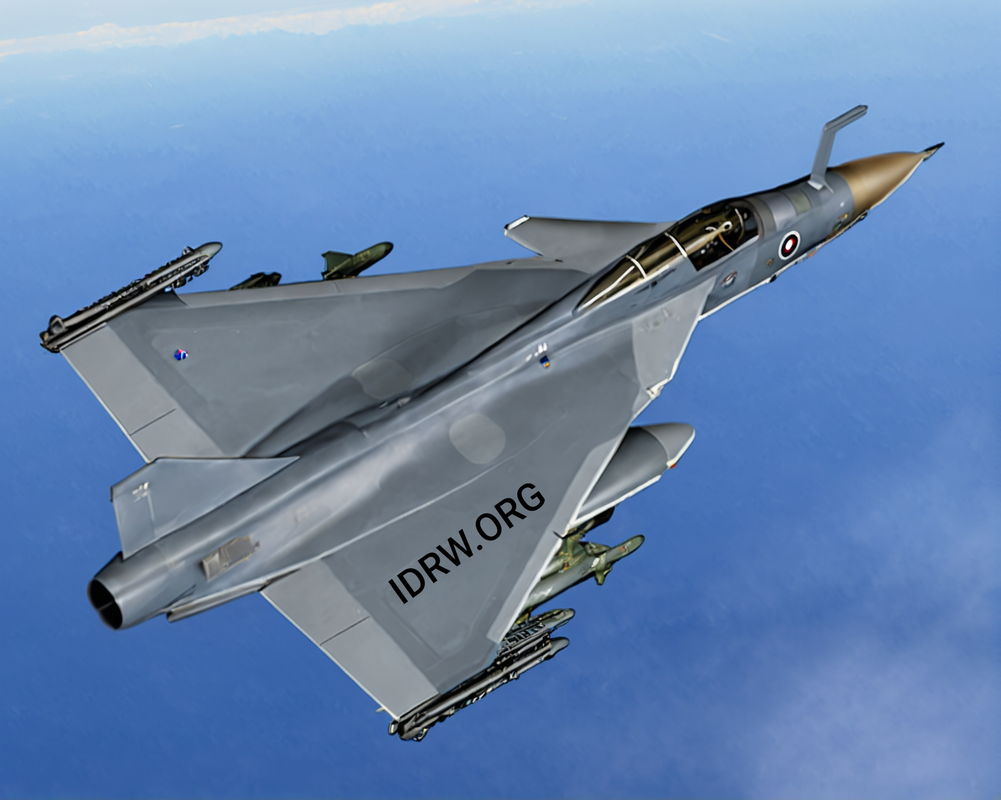

Air Chief Marshal Amar Preet Singh, Chief of the Air Staff (CAS) of the Indian Air Force (IAF), provided a detailed update on the much-anticipated Tejas MkII program during a press briefing on Friday. He outlined key milestones for the program and emphasized the need for greater collaboration with the private sector to expedite the production and operationalization of the indigenous fighter jets. The CAS also reflected on past delays in the Tejas Mk1 project and stressed the importance of learning from those experiences to ensure smoother development for future platforms.
Air Chief Marshal Singh confirmed that the Tejas MkII is on track for its first flight next year, marking a crucial step forward for India’s indigenous fighter program. The research and development (R&D) phase for the Tejas MkII is set to conclude by December 2027, with the IAF planning to induct the first units by 2028. The IAF has already committed to acquiring at least 120 Tejas MkII jets, which are expected to fill a vital role in the force’s combat fleet, especially as older aircraft are phased out.
Continue readingSOURCE: RAUNAK KUNDE / NEWS BEAT / IDRW.ORG
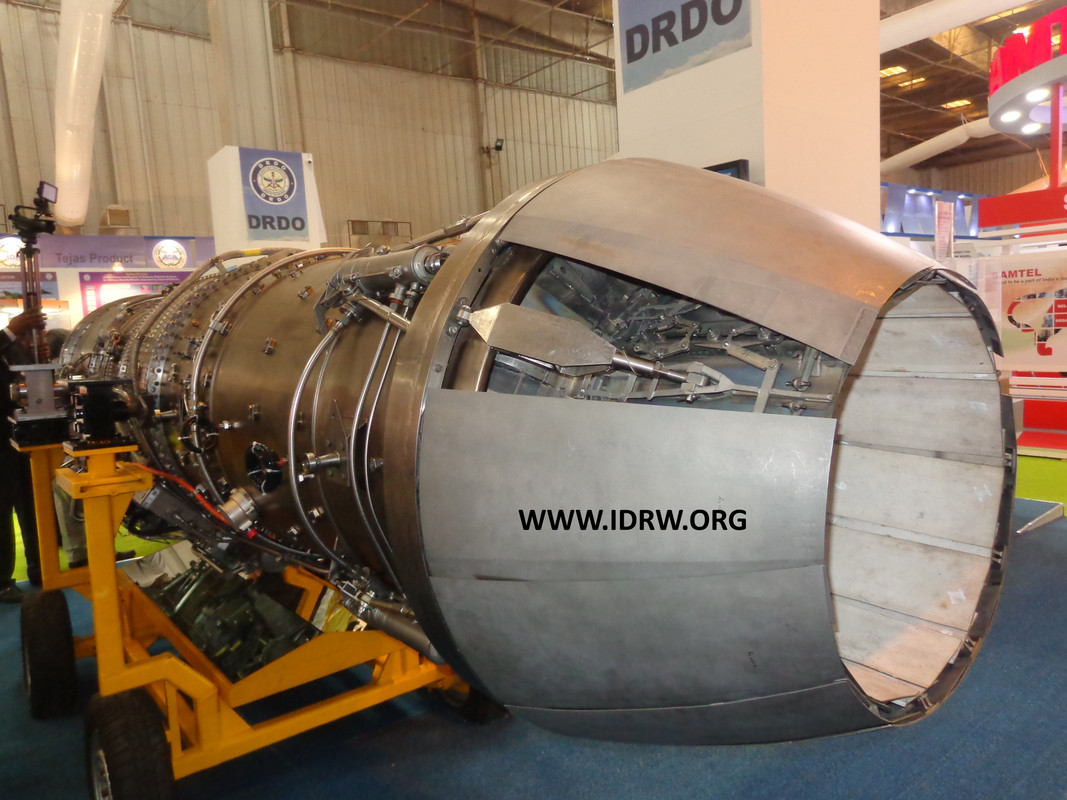

India’s Gas Turbine Research Establishment (GTRE) is making significant strides in developing an advanced jet engine that could eventually replace the imported power plants in India’s fighter aircraft fleet. Building on its existing work with the Kaveri engine, GTRE is now focusing on validating the current Dry Kaveri engine with an afterburner to achieve wet thrust performance.
Once validated, the organization plans to secure approval and funding for the development of a new prototype core engine, often referred to as “Kaveri 2.” This engine is expected to meet the needs of India’s combat aircraft, offering a domestic alternative to the U.S.-made F-404 and F-414 engines currently used in the Tejas program.
Continue readingSOURCE: RAUNAK KUNDE / NEWS BEAT / IDRW.ORG
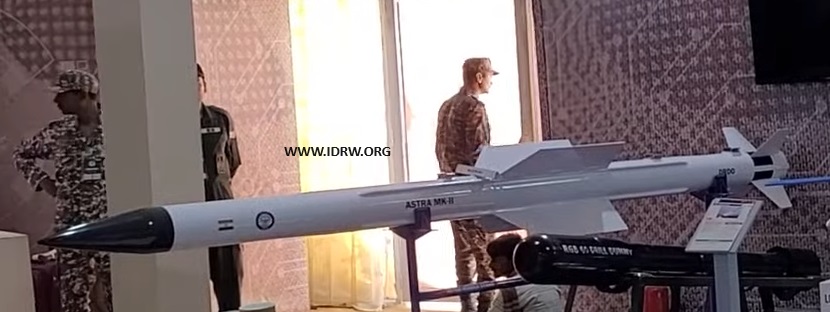

The Defence Research and Development Organisation (DRDO) is gearing up to commence full-fledged developmental trials of the Astra MkII beyond-visual-range (BVR) missile from next year. This significant milestone brings India closer to fielding a state-of-the-art air-to-air missile capable of neutralizing threats at long ranges.
The Astra MkII, an upgraded version of the existing Astra MkI missile, boasts an impressive range of 140-160 kilometres against fighter-sized targets. It has already undergone multiple air-to-air trials, including an unguided mode test to evaluate its Dual-Pulse motor.
Continue readingSOURCE: AFI
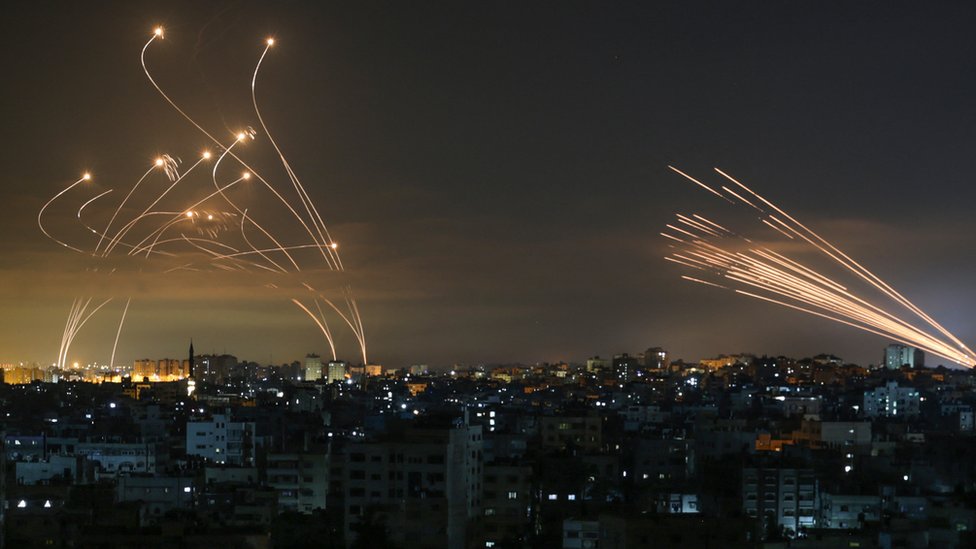

Air Chief Marshal AP Singh, Chief of Air Staff (CAS), on Friday, provided key insights into the Indian Air Force’s (IAF) modernization efforts, particularly in the area of air-to-surface weapons and air defense systems. Speaking at a press conference, the IAF Chief emphasized the ongoing process of inducting various advanced weapon systems and bolstering India’s defensive capabilities against modern aerial threats.
“We are in the process of inducting many types of air-to-surface weapons. Some have already been inducted, and some are being developed. The IAF is committed to inducting them,” Singh said, underscoring the air force’s focus on strengthening its ability to conduct precision strikes against ground targets.
Continue readingSOURCE: AFI


The Prime Minister’s Office (PMO) has ambitious plans to restructure the Defence Research and Development Organisation (DRDO) within the first 100 days of its third term in power. However, resistance from senior DRDO officials has hindered the implementation of these recommended changes.
To expedite the restructuring process, the DRDO headquarters established an Overseeing Committee chaired by Dr Samir Kamat, the organization’s chairman and secretary of the Department of Defence Research and Development. This committee, along with thirteen specialized committees led by DRDO director generals, was tasked with ensuring timely implementation of the VijayRaghavan panel’s recommendations.
Continue readingSOURCE: AFI


Mazagon Dock Shipbuilders Limited (MDL) has achieved a significant milestone in India’s defense manufacturing sector. Through a collaborative effort with the Indian Navy, MDL has successfully indigenized Main Submarine Batteries, leading to substantial savings in foreign exchange and the development of a local vendor base.
Submarine batteries are critical components, providing the primary source of power for propulsion when a submarine is submerged. The Scorpene submarines, built by MDL, initially relied on imported batteries from Hagen Batteries, Germany. However, MDL’s commitment to indigenization, coupled with the Indian Navy’s support, has resulted in a breakthrough.
Continue reading